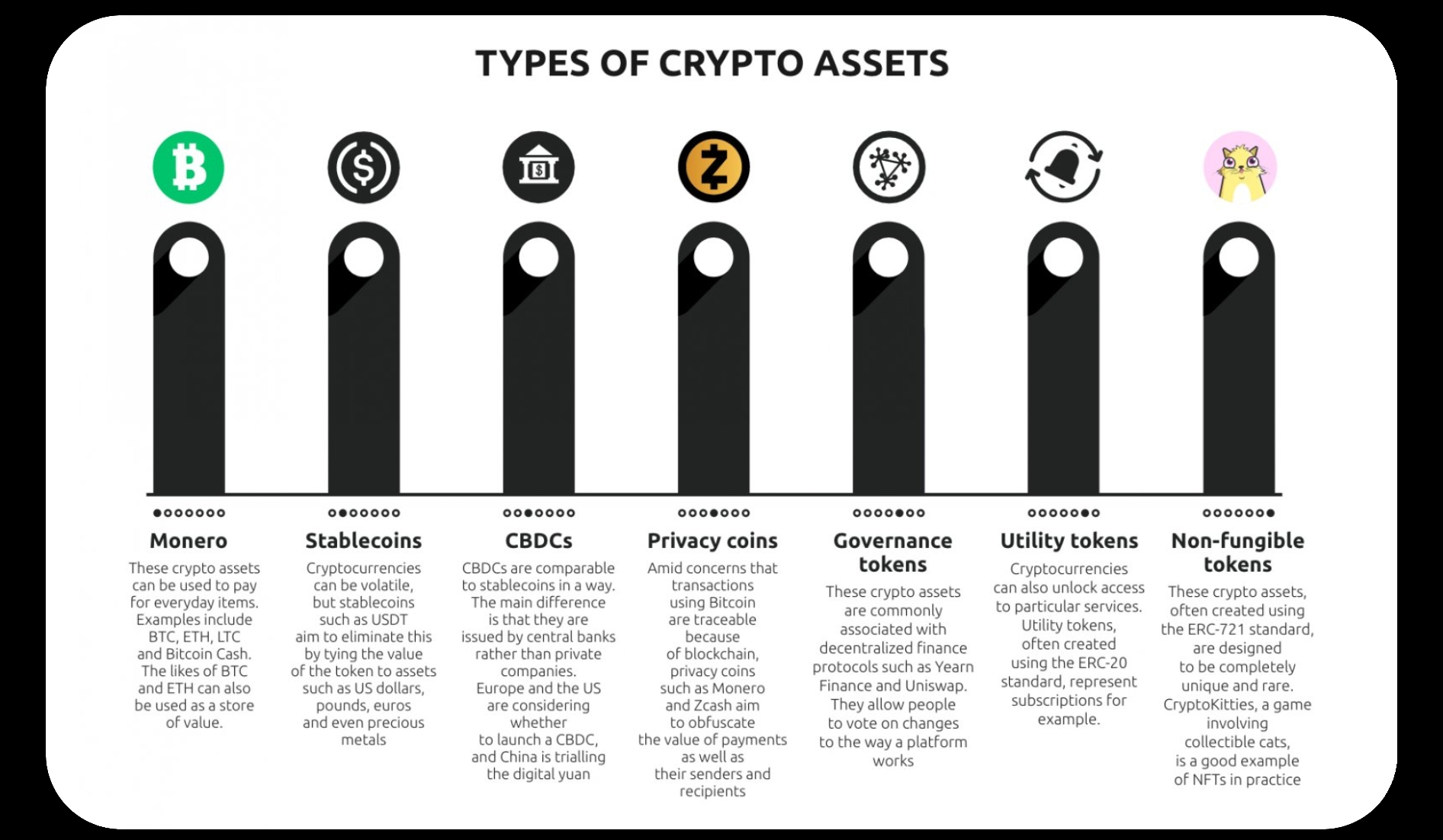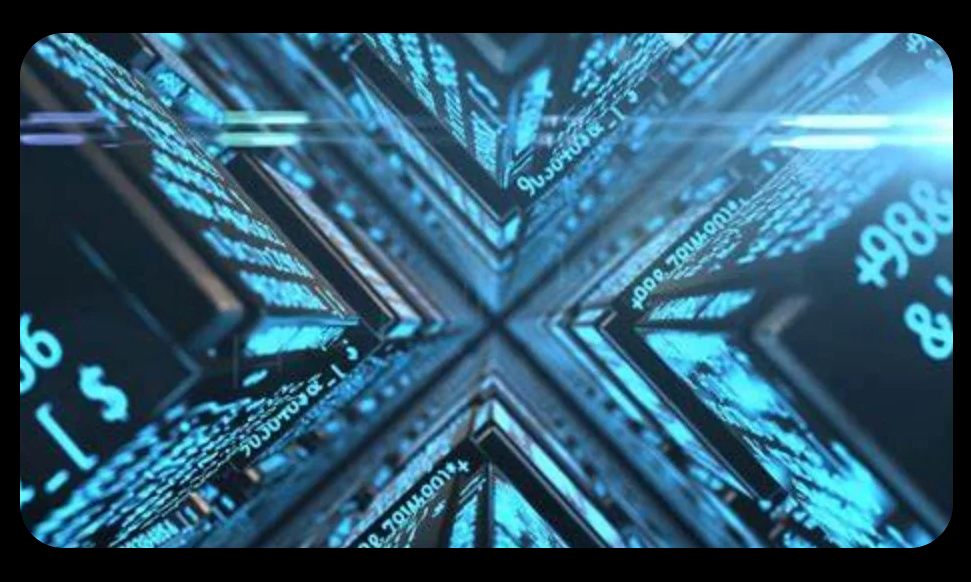What is a cryptocurrency?
Bitcoin itself wouldn't be what it is today as a cryptocurrency, without an entire history behind it stretching back to the 70's. The implementation of blockchain technology only came later in the 2000's. We don't want to overload anyone coming here for their first time. So, we will lay out the basic's of crypto as they exist today. After all, your only here for the cheat sheet on how to make fast money this crazy volatile market right? No? Awesome! Then directly after I will attach the history of crypto in a readable 5 part series from a fellow enthusiast Pet3rpan. It's incredibly interesting and very entertaining and we her at HTCH highly recommend it for anyone interested in where this all began.
Note: To anyone in cryptography, coding or just "in the know", please forgive the crude verbiage. The intention is not to present a disservice.
Please familiarize yourself with the following key words as they relate to the king of crypto, Bitcoin: It will be a lot easier to understand and absorb. All references below will be as they relate to Bitcoin and its network.
In a nutshell,
While each coin claims to be unique in its own way, the majority of all cryptocurrencies can be categorized under one of these 4 types:
1. Store of Value — Maintain purchasing power in the long run
2. Digital Currency — Used for everyday transactions
3. Utility Token — Used for redeeming a service/good
4. Security Token — Tokenized representation of a real-world asset
Note that these are not mutually exclusive categories. A single coin may fall in more than one category.

Furthermore: You can see cryptocurrencies as strings of code using asymmetric cryptography or asymmetric encryption. Using "public keys" and "private keys". To encrypt and decrypt a particular string of code (crypto transaction). Usually, one key is made public for anyone who wants to send you any crypto (encryption) while the second key is kept private as you'll use it for receiving (decryption) crypto. We exchange these strings of code (or transactions) on a peer to peer network.
Essentially cryptocurrencies are just single cryptographic digital transactions. If I send you a Bitcoin (string of encrypted code), I need your Public key. For you to receive that Bitcoin (string of decrypted code), you'll need your private key.
Take aways:
- Public key. The address of your cryptocurrency wallet.
- Private key. Code to unlock your wallet and sign transactions with.

The blockchain. For now, just think of this as a single digital ledger or spreadsheet that anyone (including you) can either download to their computer or view on a "blockchain explorer" (just a website). This digital ledger has recorded every transaction ever made and every transaction that'll ever be made. Anyone with access to the internet can view and verify any and all transactions.
Minors: Can be anyone. Anyone with a special computer that maintains the Bitcoin network and gets paid in Bitcoin for doing so.
Bitcoin Miners: Any person with a uniquely built computer specifically designed to both continuously record transactions on a digital ledger, then compete to solve SHA256 hash functions (or just "hash") in able to add their digital ledger to the blockchain. SHA256 (Secure Hash Algorithm 256bit) is a math process that generates a 256 bit (64 character long) random sequence of letters and numbers. Whomever solves the hash first, gets to add the next block of transactions to the blockchain. Miners do not mine transactions, they mine blocks which are collections of transactions. Sometimes your transaction gets left out of the current block and gets put on hold until the next one is assembled. The incentive for the miners to maintain the ledger of transactions and then solve hash to add blocks to the blockchain is them being paid out in crypto. Each block added to the blockchain rewards the miner. For "maintaining" the Bitcoin network, a certain amount of Bitcoin is rewarded.
Imagine for a second, in very crude terms, you have Microsoft Paint on your computer. You open the program. You place a 3D cube in the center of the screen. You then hit magnify, to see all the different sides. They're empty. Its an empty 3D cube. You take your cube and start to write a bunch of tiny letters, numbers and symbols using a certain cryptographic code (transactions) on each of the sides of your 3D cube. You fill it up. Then you hit save and add the file to the previous cube you made. You've now created your own cryptographic blockchain.

Decentralized: Though all transactions are recorded on this central ledger (spreadsheet), there is no SINGLE governing body monitoring it in any way. No single entity governing, regulating or deciding what or how transactions are recorded on the ledger or network. Fully digital: Cryptocurrencies only exist electronically. On a peer to peer network. No central governing body.
